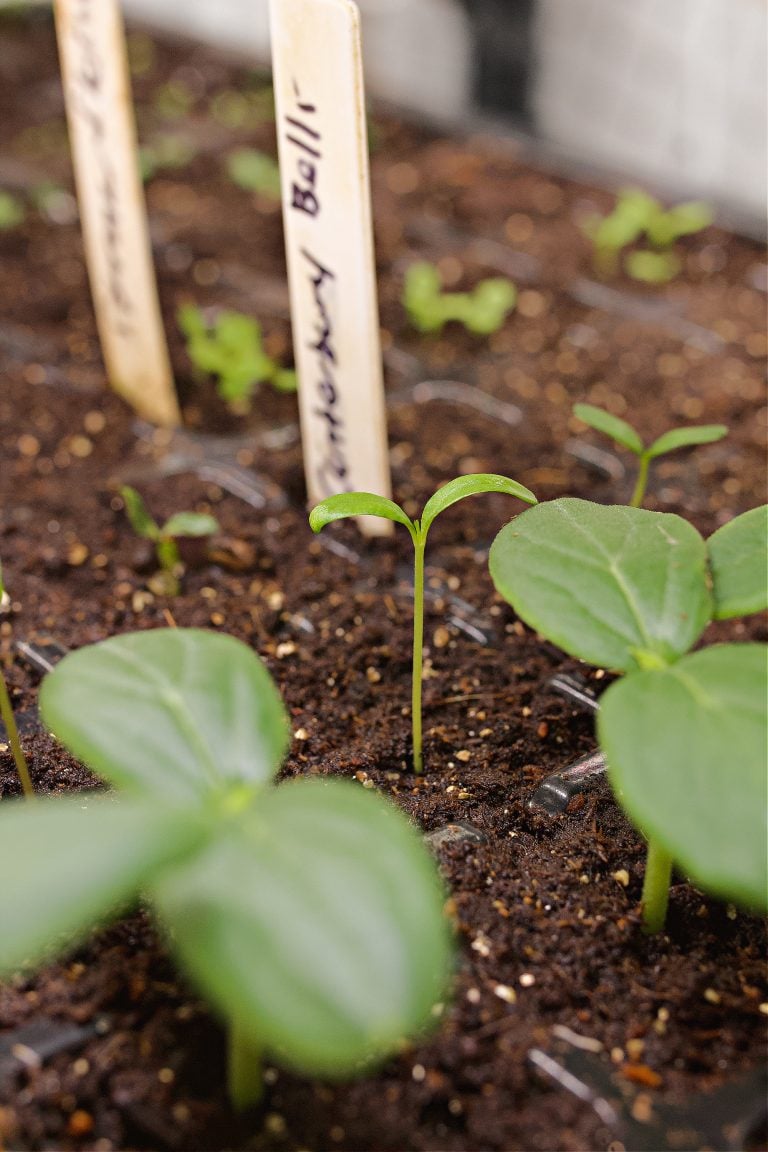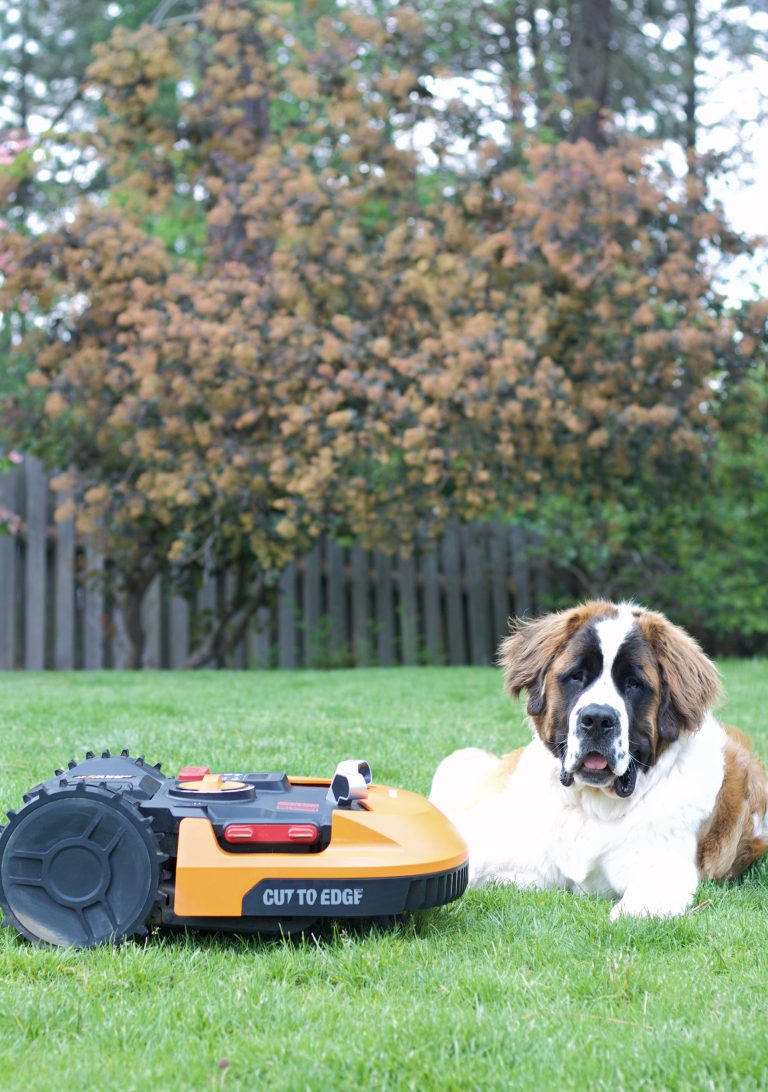How To Plant Apple Trees | Instructions & Tips
What is one of the things I miss about Washington state the most? The produce! I miss my apple trees. . . and plums, and peaches, and cherries, and and and . . . . (This ends in sobs.)

Do you know what they grow here in the South, and more specifically, West Tennessee? Corn. They grow corn. And then more corn. Oh and some soy. And cotton. (The cotton actually is pretty cool.)
But we’re taking corn in this example. And everyone gets really excited about it. Kind of like Washingtonians when it’s time to harvest those glorious apple trees. We get giddy. Well, apparently here we get giddy about corn. And believe me, I’m not trying to throw a diss at corn. It’s just never really been my thing. I enjoy seasonal corn on the cob, but it’s never been something I’ve wanted to preserve for winter dishes.
Apples though, on my. Apples can be used so many different ways.
Eating raw as a great snack, drying in the food dehydrator, using them to can applesauce, apple butter, and apple pie filling. And they last so well in cold storage for a snack months after harvesting.
I searched on Facebook, Craigslist, on Instagram, and could not find anyone within a 50 mile radius who sells apples in bulk. Truthfully I was in shock. Where are my Tennessee apple lovers? I cried into my computer again, realizing I took living at the base of Greenbluff, a huge collection of family owned u-pick farms that have everything from cherries, to raspberries, to apples, grapes, peaches, pears, I took them for granted. But I digress.
Well fine! If I can’t find anyone growing some, by gosh, I’ll grow my own! Whalen Apple Tree Farm here we come! (Not really, we’ll just grow enough for us and some friends.)
How To Plant Apple Trees
Fun fact, my great grandpa’s last name was Appel. Not even joking. But the last two letters were switched from apple to Appel. And he owned orchards in Tonasket WA. He also planted apple trees basically wherever he went. I bet some of the trees he planted are now easily over 70+ years old.
Now, since he passed when I was very young, none of his apple growing wisdom was shared with me. Thankfully though, I have a lot of family who he did share his knowledge with. My mom grew up in the rolling hills of Tonasket, where her parents had orchards, and grandpa also logged. I come from a long line of farmers and land stewards. The smell of diesel and dirt instantly remind me of my grandpa and how he let us ride in his skidder.
Anyhow, back to plating trees. Apparently I’m feeling nostalgic today and in a story sharing mood.

Bare root or potted?
You can typically purchase apple trees two different ways. Bare root or potted. Now, some will tell you bare root trees are the best to jump start your orchard. Bare root are dormant trees that are sold without any dirt in their roots. Often they are packed in wet sawdust. They are also usually less expensive that potted trees. We purchased bare root and potted, so we’ll see over the years which seem to do best in the orchard.
*Update on the bard root trees: They died. I wasn’t impressed with them truthfully at all. From now on, I’d much rather pay a bit more upfront for a older, more established tree that gives fruit sooner
Potted trees are exactly what they say. Potted in soil like most plants sold in nurseries. You plant them the same as you would a bare root tree.
Disclosure: there are many different ways people will tell you to plant your trees. But for us, this is what we were told and grew up doing.
Disclosure #2: Always plant at least two trees to help with cross pollination. We planted four apple trees, one plum, and one peach.
Digging the hole
You want to dig the hole wide, so the roots have places to grow, and the grass is removed to prevent it from taking nutrients away from the tree. Also make sure to dig down at least 20″, even though you’ll most likely not plant your tree to that depth. Again, this is about working up the soil so that it’s easy for the roots to expand into their environment.
Because we have heavy clay dirt, we added in some organic potting soil into the bottom of the hole, as well as a bit of gravel for drainage. We don’t want our roots sitting in water and rotting. However, we didn’t add fertilizer. We want our roots to expand and reach for nutrients, making the tree strong and sturdy. If we fertilize in the main space, the roots will stay where they’re getting nutrients, and you’ll have a weak tree. I do fertilize from the top down though, and that doesn’t inhibit root growth.
Tip for digging:
To dig the holes for the trees in our hard packed clay soil, we used a hand auger. We’ve used this piece of equipment all over the farm, from fence posts to planting trees and roses, to even helping dig a grave for our beloved cat, an auger is always a good idea. We purchased this one.
No dirt should touch the grafting line
Once we’ve added our amendments into the dirt, we place the tree into its new home. The most important piece of info to remember when planting a tree is to not cover the grafting point. Most trees are not grown from seed, they’re grafted. This ensures what kind of apples the tree will produce, as well as speeding up the growing process. If you cover the grafting line, it will try to regrow from the bottom up and ruin your chances of apples in the next few years. You’ll easily be able to see the “bump” on the bottom of the trunk where the grafting line is. Don’t cover that up and you’ll be fine!
Pack the dirt around the trunk, water heavily, looking for any spots where more soil needs added, and pack it in. I add fish emulsion into the water to fertilize the tree, as well as sprinkle nitrogen onto the soil. Fruit trees need nitrogen to be healthy and produce a good crop.

Water daily
To help the tree “root in” you must water daily for the first few months. This is a step that’s often skipped, because once the trees are grown, we don’t water them. So, people often forget this is essential in the beginning. If it’s not raining at least an inch of water a week, hand watering is needed. And especially in the first couple months, even with rain, I still water on the days of no rain.
First Spring Tips
On your apple trees first full spring in the ground, allow it to bloom, but remove the blooms once they begin to die. You do not want your tree to expend energy on trying to produce fruit the first year. All it’s effort should go to developing a solid root system. I know it’s exciting and we want that fruit so badly, but allowing your tree to root in well will give you a solid, great harvest for years to come. We’re in it for the long haul when it comes to fruit trees.
It’s also best to plant apple trees in fall, though early spring is okay too! To follow along with our homesteading journey, make sure we’re friends on Instagram. I show up in stories there daily! And to see my favorite canning and preserving recipes, check out this page!
Did you know? I have a podcast! Listen to Homestead Journey on all platforms now!
Happy planting friends! I pray your trees are strong and produce a large harvest for years to come!





